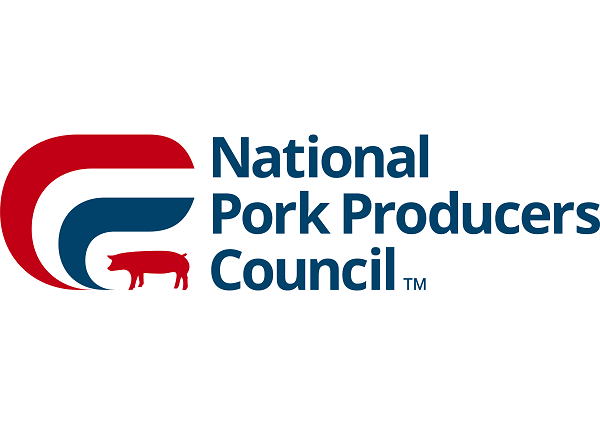

What Happened: Representatives Nick Langworthy (R-NY) and Jim Costa (D-CA), along with 26 of their House colleagues, have called on the U.S. Environmental Protection Agency (EPA) to revise its recent ranking of waste management technologies to reinstate the inclusion of agricultural waste rendering. This request has garnered support from a wide range of business and agricultural organizations, including the National Pork Producers Council (NPPC).
In June, the EPA, U.S. Department of Agriculture, and U.S. Food and Drug Administration jointly released the “National Strategy for Reducing Food Loss and Waste and Recycling Organics.” The strategy aims to prevent food loss and waste and increase the recycling of food and other organic materials. Although rendering is mentioned in the strategy report, it was omitted from the accompanying infographic — the “Wasted Food Scale” — which ranks different food waste management methods.
In their letter to EPA Administrator Michael Regan, the 28 lawmakers expressed concern that excluding rendering, and its valuable contributions to energy and industrial uses, from the Wasted Food Scale “will significantly impair food and organic waste reduction efforts by confusing future local, state, and federal action.”
“Since the 1800s,” the lawmakers noted, “rendering has managed the lion’s share of recycled agricultural wastes.”
Why It Matters: Rendering plays a crucial role in recycling agricultural waste, with finished products that include animal feeds, as well as fats, oils, and greases used as valuable feedstocks for the advanced biofuels industry. These feedstocks also replace virgin oils in the production of many industrial products, such as lubricants, paints, and varnishes, and can be utilized in anaerobic digesters to produce biogas. Additionally, rendering contaminated animals helps eliminate bacteria, protozoa, parasitic organisms, and viruses, including highly pathogenic and low pathogenic avian influenza viruses.





